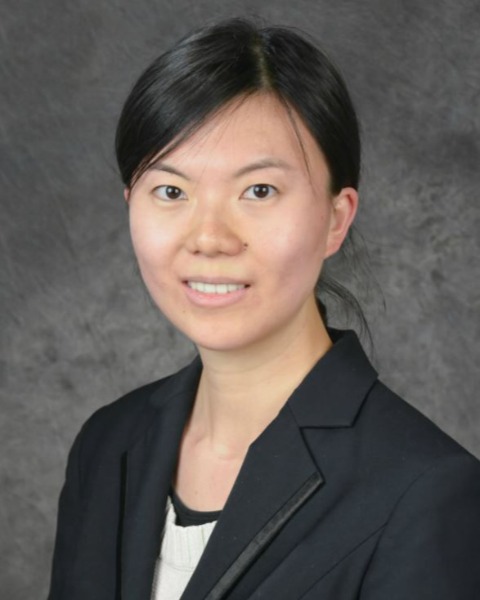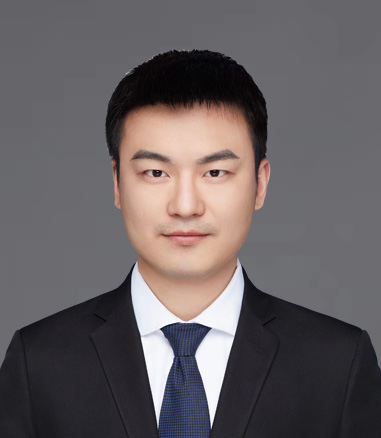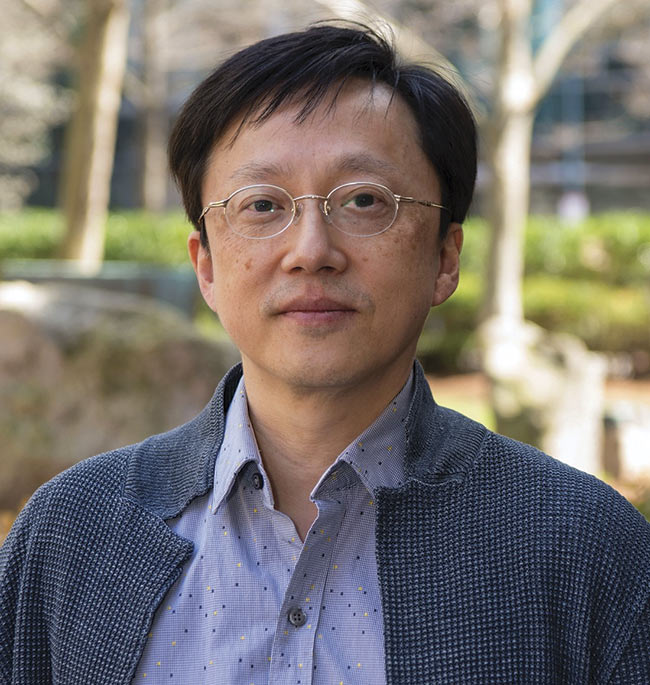Biomedical Imaging and Instrumentation
(G-263) Ultra-wideband optical coherence elastography from acoustic to ultrasonic frequencies

Xu Feng, Xu Feng, PhD (she/her/hers)
Postdoctoral researcher
Massachusetts General Hospital and Harvard Medical School
Cambridge, Massachusetts, United States
Guo-Yang Li
Postdoctoral researcher
Massachusetts General Hospital and Harvard Medical School, United States
Seok-Hyun Yun
Professor
Massachusetts General Hospital and Harvard Medical School, United States
Presenting Author(s)
Co-Author(s)
Last Author(s)
Visualizing viscoelastic waves in materials and tissues through noninvasive imaging is valuable for analyzing their mechanical properties and detecting internal anomalies. Here, we present a novel non-invasive elastography technique that enables wave measurement in a previously unexplored frequency window, which can be used to probe local tissue stiffness with high spatiotemporal spatial resolution and allows for broadband shear rheology analysis of biomaterials.
Materials and Methods:
We develop an ultra-wideband OCE technique that overcomes the temporal and spatial resolution limitation by extending the frequency range to 1 MHz (a ~100x improvement). We made a significant technical breakthrough by developing an anti-aliasing technique, demodulation algorithm, and jitter-correction method to handle high frequencies far beyond the typical A-line rate of optical coherence tomography (OCT) imaging. We demonstrate the benefits and broad applicability of ultra-wideband OCE on a variety of soft and hard materials and tissues.
Results, Conclusions, and Discussions:
Our system can measure the stiffness of hard materials such as bones while extracting viscoelastic shear moduli for polymers and hydrogels. Figure 1a shows dynamic shear analysis of a homogeneous hydrogel sample within the broad frequency range of 1 kHz to 100 kHz, which was previously unattainable using conventional mechanical analysis. Figure 1b demonstrates ultrasonic OCE in a hard acrylate plastic block. We obtained a flat dispersion curve over 1 to 2 MHz, from which we estimate the shear modulus of the material as 2.26 ± 0.06 GPa.
Next, we demonstrate depth-resolved stiffness mapping of soft and hard tissues, including in vivo human skin before and after hydration (Figure 2a) and ex vivo bovine cartilage in the knee joint (Figure 2b). In both examples, we demonstrate the ability of our method in resolving the tissue stiffness with sub-mm anatomical resolution. By analyzing the broadband dispersion relation of the Rayleigh surface waves, we found that the stiffness of the stratum corneum layer decreases significantly from 50 MPa to 2 MPa after being hydrated. From the bovine cartilage, we resolved the shear moduli of each individual layers (from top to bottom) as 5.6 MPa, 13.2 MPa, and 3.27 GPa, respectively.
Our ultra-wideband OCE technique holds immense potential as a noninvasive high-resolution mechanical analysis tool with broad applications in material sciences, tissue engineering, and medical diagnostics.
Acknowledgements (Optional) :
We acknowledge the funding from the National Institutes of Health via grants R01-EY027653, R01-EY033356, and R01-HL098028.
References (Optional):
Feng X, Li GY, Yun SH. Ultra-wideband optical coherence elastography from acoustic to ultrasonic frequencies. Nature Communications. 2023 Aug 16;14(1):4949.
